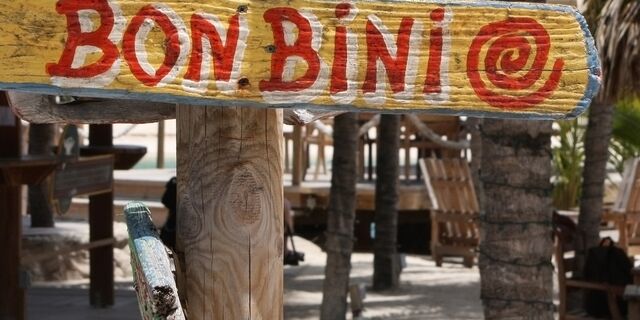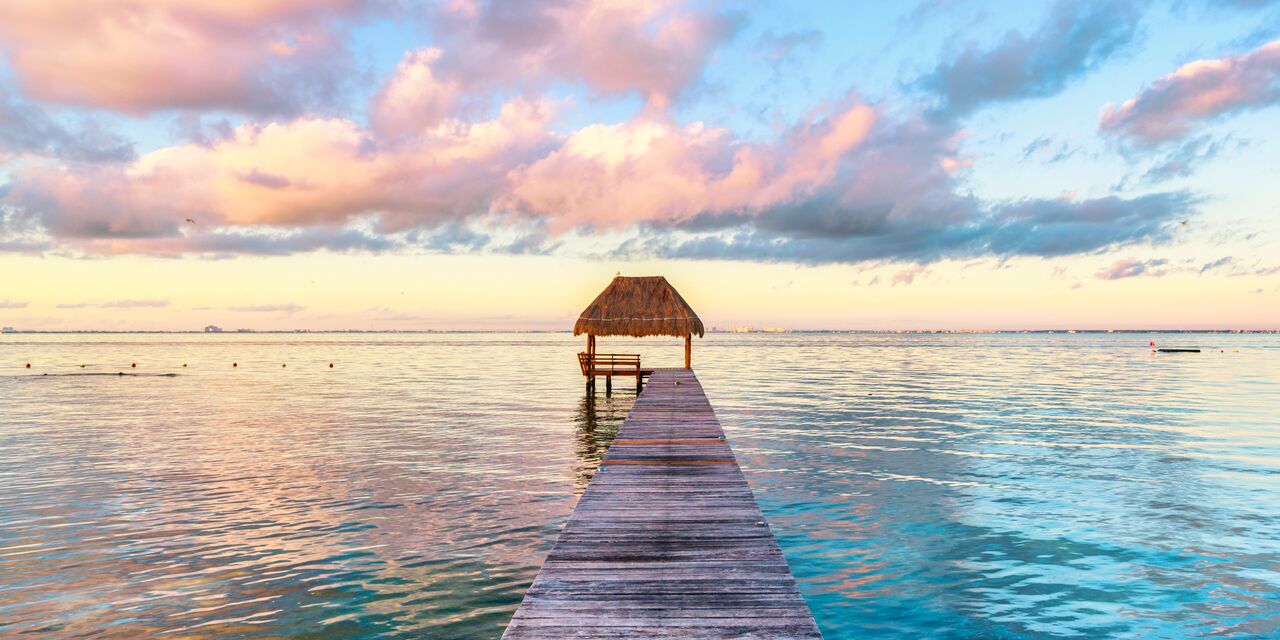Fort Orange, coastal beacon
Fort Orange is located in the centre of Kralendijk, the capital of Bonaire. The small fortress dates back to 1639, making it the oldest stone building on the island. It is named after the Dutch Royal family and reminds visitors of the island’s colonial history. With the lighthouse being visible from far out at sea, Dutch ships were able to safely arrive at the harbour.

Colonial Bonaire
In 1499, the Spanish became the first Europeans to set foot on Bonaire. They left quickly, however, disappointed with the lack of gold. In 1636, the island was taken over by the Dutch, led by traders from the West Indies Company. It turned out that Bonaire was ideal for producing salt, or white gold. The Dutch set up plantations, and three years later built Fort Orange to protect the precious salt storage against attacks from the British, French, Spanish and even pirates. For 300 years, Bonaire’s wealth depended on salt production. In 1804, Bonaire was occupied by the British, but the Dutch recaptured the island in 1816. The buildings of Fort Orange that can still be seen on the island date back to that year. The Governor’s House, where the island’s commanders lived until 1837, was also built in that time. Afterwards the building was used as a prison. A wooden lighthouse was built in 1868. The current stone version dates from 1932. Across the fort is a fresh, mint-green building: the Customs Office where captains registered their arrival. The Commanders’ Office is also on the premises, with its impressive steps and veranda. Surprisingly, perhaps, most of the building remained empty; only the top floor was used by the Dutch.

Silent canons
Immediately after the fort was completed, the Dutch placed 4 large canons behind the high walls. The defensive tools were never used, however, except for salutes. They did not shoot at any enemies, not even when the British arrived to conquer the island. During the British occupation, the old artillery was replaced by British canons, which are still on show today.
Discover other destinations in Central America
*The displayed prices are for one adult. All amounts are in GBP including taxes and surcharges, except where taxes are collected locally at the airport. A booking fee is not applicable, but a payment surcharge may apply. Prices and availability may change without notice, see KLM price display for more information.
The weather forecast information is provided by World Weather Online. Air France-KLM is not responsible for the reliability of this data.















